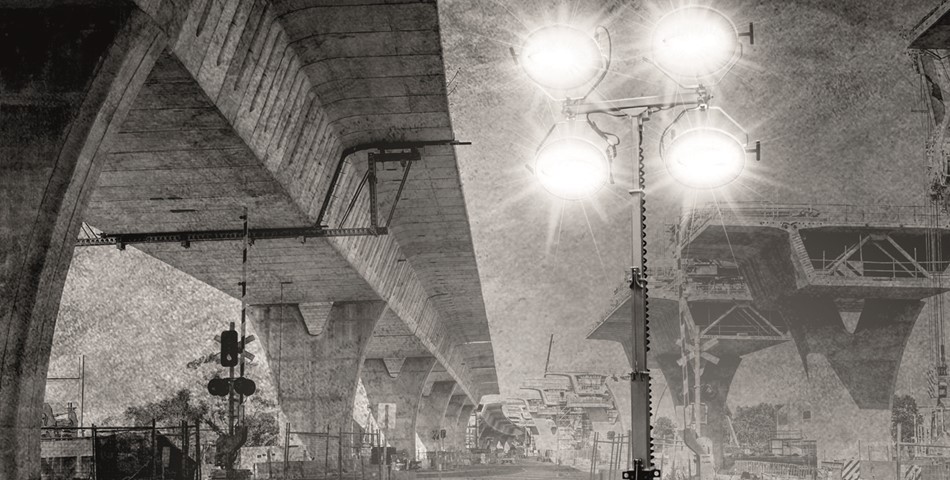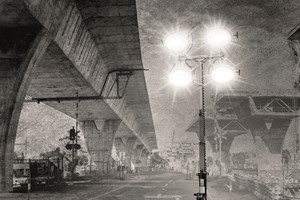Light-emitting diodes (LEDs) are lighting sources for general lighting applications ten times more efficient compared to incandescent lighting. Such attribute combined with their long working life and reliability has made them the suitable choice for next generation lighting systems (emergency, backlight, automotive, indoor and outdoor). To ensure accurate operation and to control the light's intensity, LEDs need an efficient driver which is normally implemented by power electronic-based conversion stages to match the LED characteristics with the AC grid voltage and to generate a controllable and high-quality light. Additionally, the output from a LED can range from red (wavelength of around 700 nanometers) to blue-violet (near 400 nanometers) seeing that LEDs are comprised of compound semiconductor materials which are made up of elements from group III and group V of the periodic table. Furthermore, the LED lighting market is primarily driven by benefits offered by LED lights over incandescent and fluorescent lamps: The energy efficiency of LED lights, higher brightness and longer life span are some of the major reasons offering tremendous market opportunities for LED lighting in the future. In fact, continuous new product introduction by manufacturers such as Phillips and GE with innovative technology is attracting the global attention of customers. However, the high production cost is expected to have an adverse impact on the market. Nonetheless, screen and display backlighting market development are likely to open new doors for the LED lighting demand noting that this market is dominated by some of the key participants such as Cooper Industries Plc, Cree Incorporation, Toshiba Corporation, Philips Electronics N.V. and GE lightings. Not to mention that the residential application segment dominated the LED lighting market and accounted over 40% of market share in 2016 (lighting for bathrooms, hallways, dining rooms and kitchens). Moreover, increasing use of LED lighting for outdoor applications (roadways, traffic lights, tunnels, parking lots and garages) is expected to provide significant growth opportunities to this market in the future. In addition to the architectural application includes both functional (landscaping and building facades) and decorative lighting (pools, gardens, fountains, and statues). As a final addition, Europe dominated the regional market for LED lighting in 2016 and accounted over 31% of market share. As well, North America and the European markets are expected to show considerable growth in outdoor and residential application segments. LED lighting market has huge growth opportunity in the emerging markets of Asia Pacific due to tremendous demand from residential application segment remarking that the Middle East and Africa is expected to show remarkable growth in the coming years. Last of all, this report analyzed and estimated LED lighting market on a global and regional level. The study provided a crucial view on the LED lighting by segmenting the market based on application and regions as well as an analysis of all the application segments of LED lighting market based on present and future trends and an estimation of the market from 2016 to 2022. Lastly concluding with the competitive profiling of key players of LED lighting market and segmentation of global LED lighting market in Application and Regional Segment Analysis.


Building Equipment & Products - Lighting
Striking Numbers: LED Lighting Market
Will Double in 2022
October 2017

LED is a semiconductor device that emits visible light when an electric current passes through it. The light is not mostly bright, but in most LEDs it is monochromatic occurring at a single wavelength. Indeed, LED lighting share and growth will double in 2022, according to a report by Zion Market Research. The market accounted for USD26 billion in 2016 and is expected to reach USD54.28 billion by 2022, growing at a CAGR of around 13% between 2017 and 2022.









